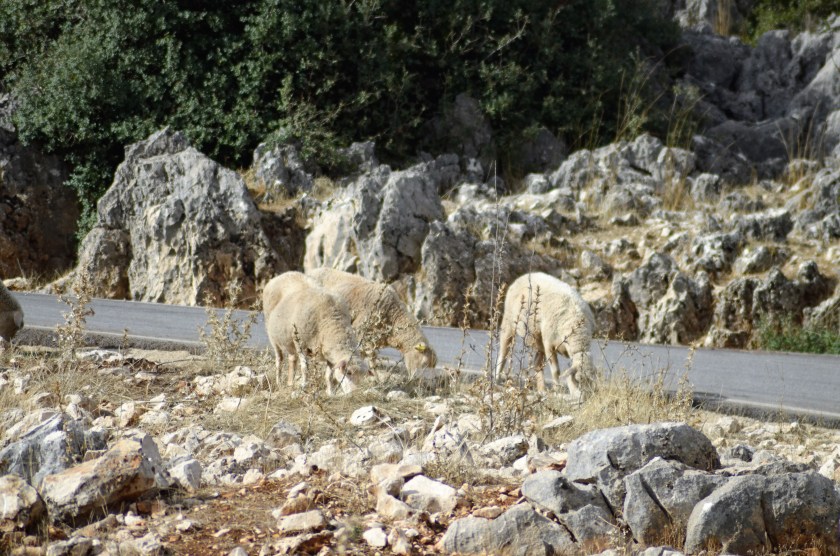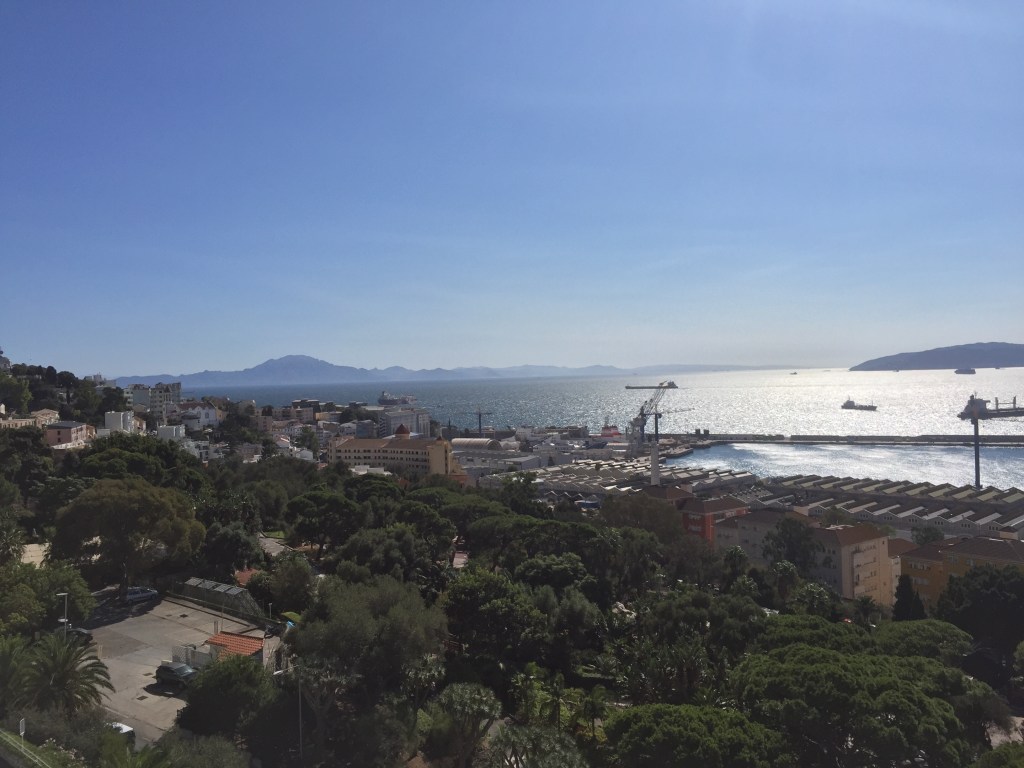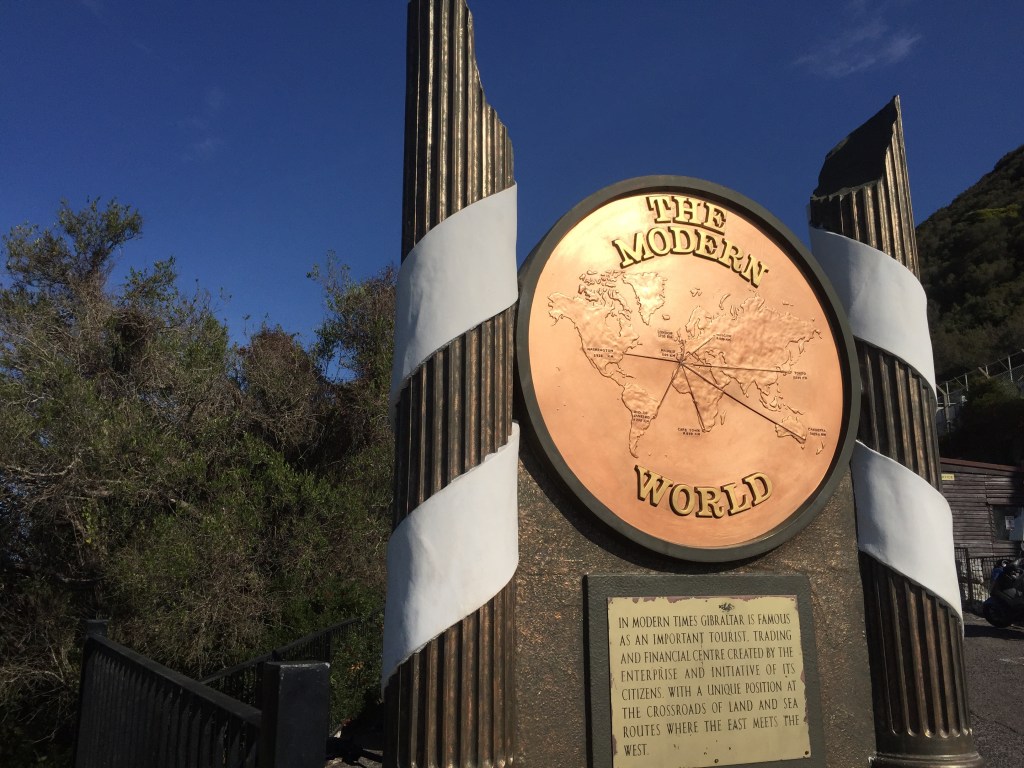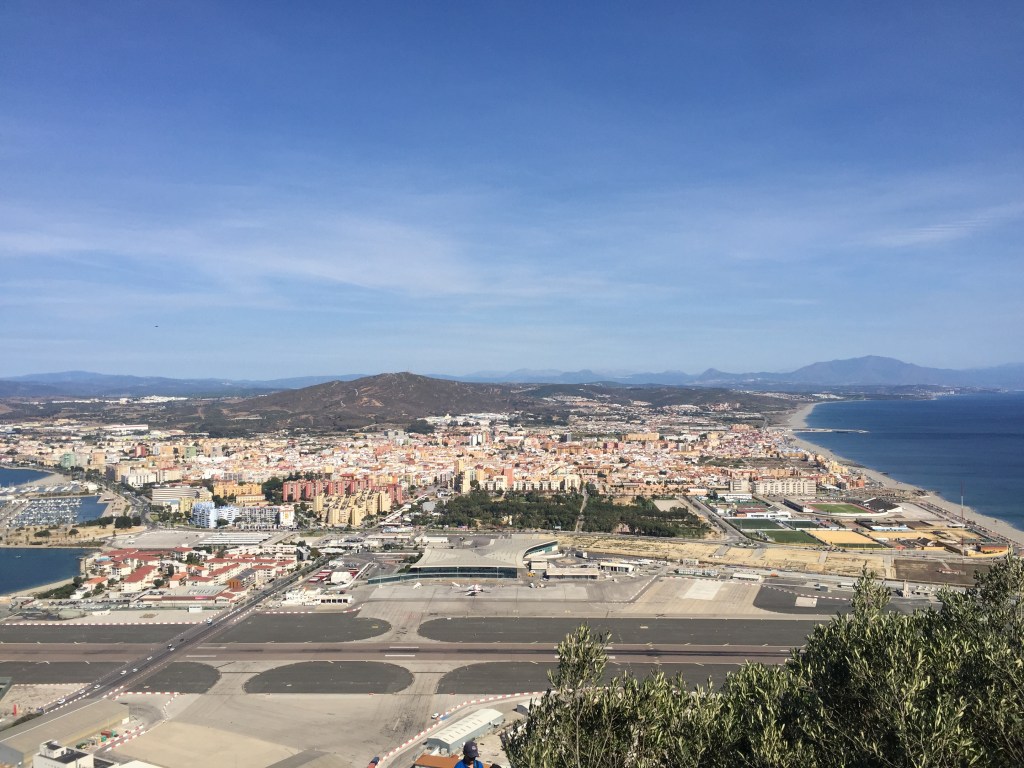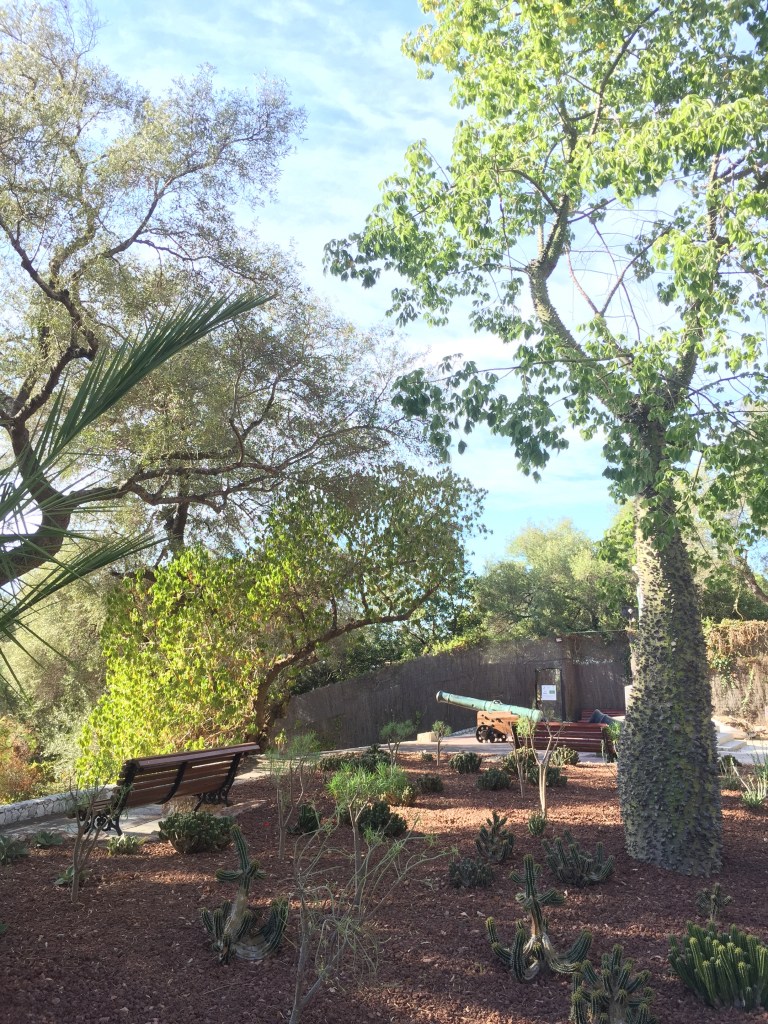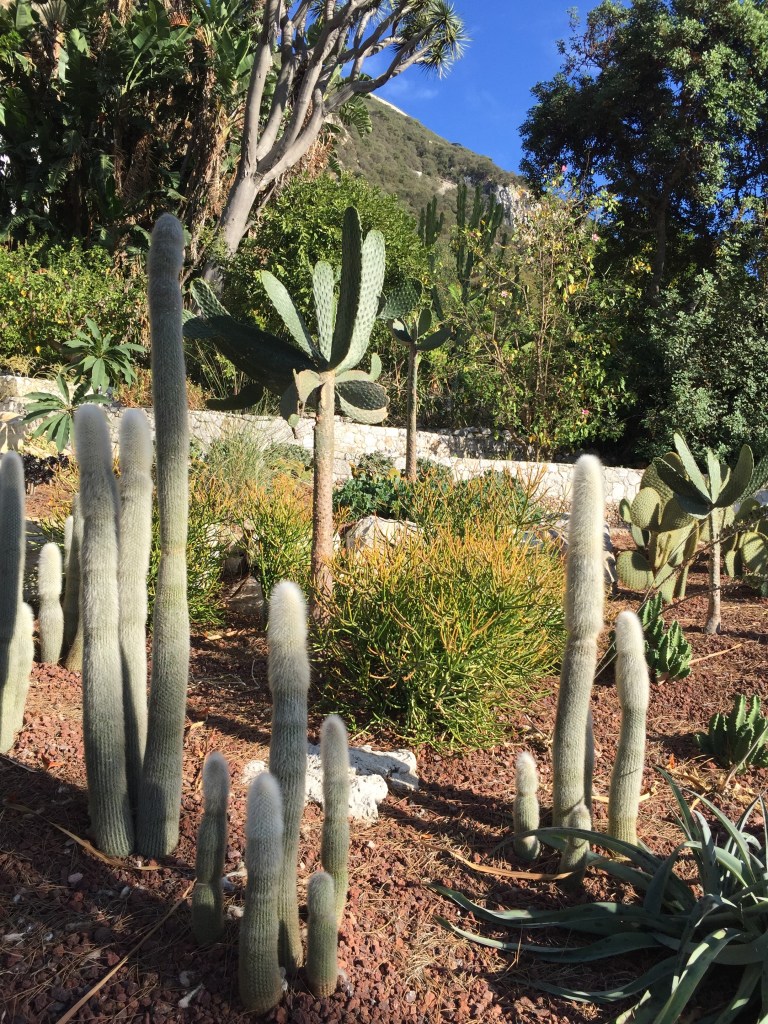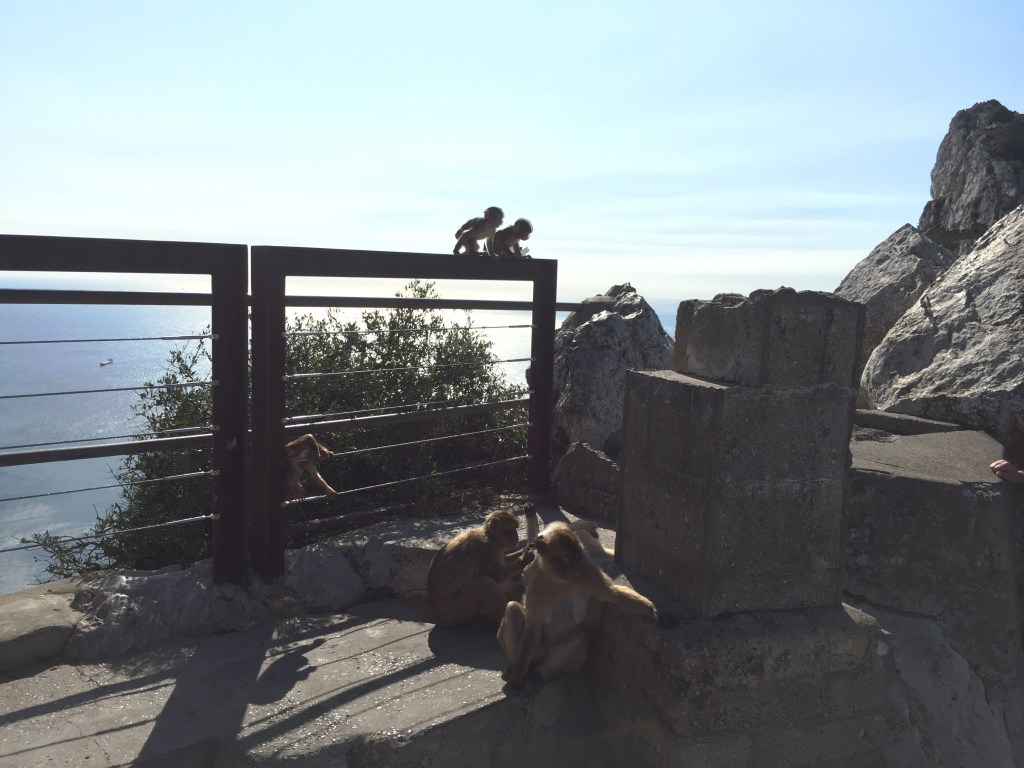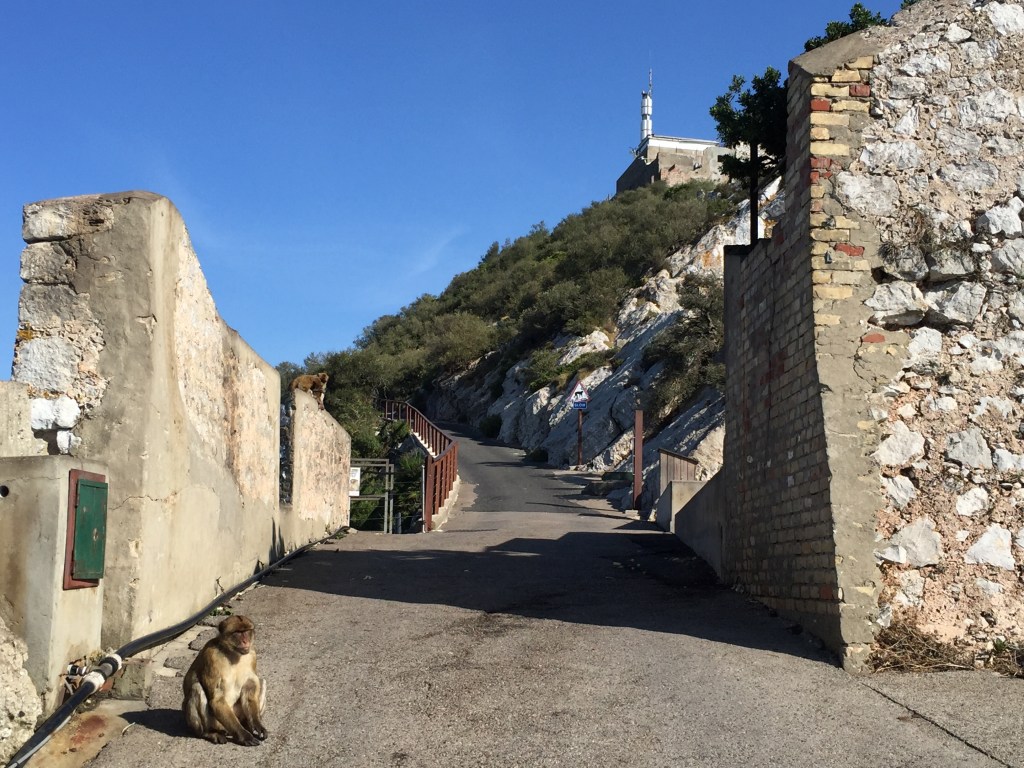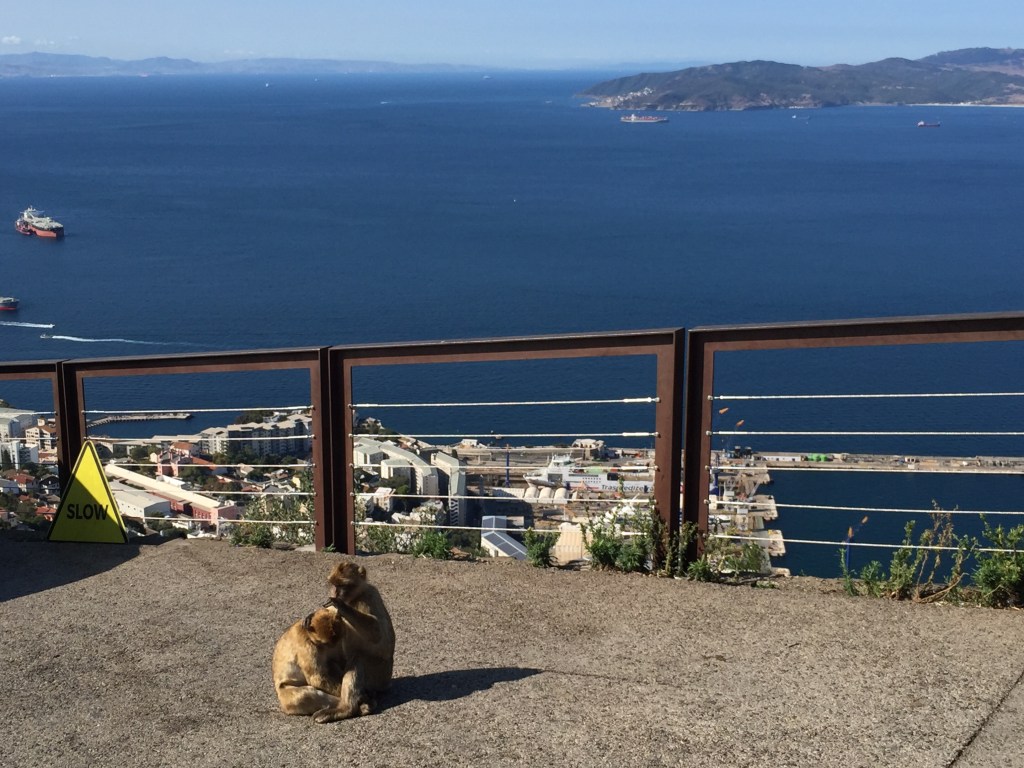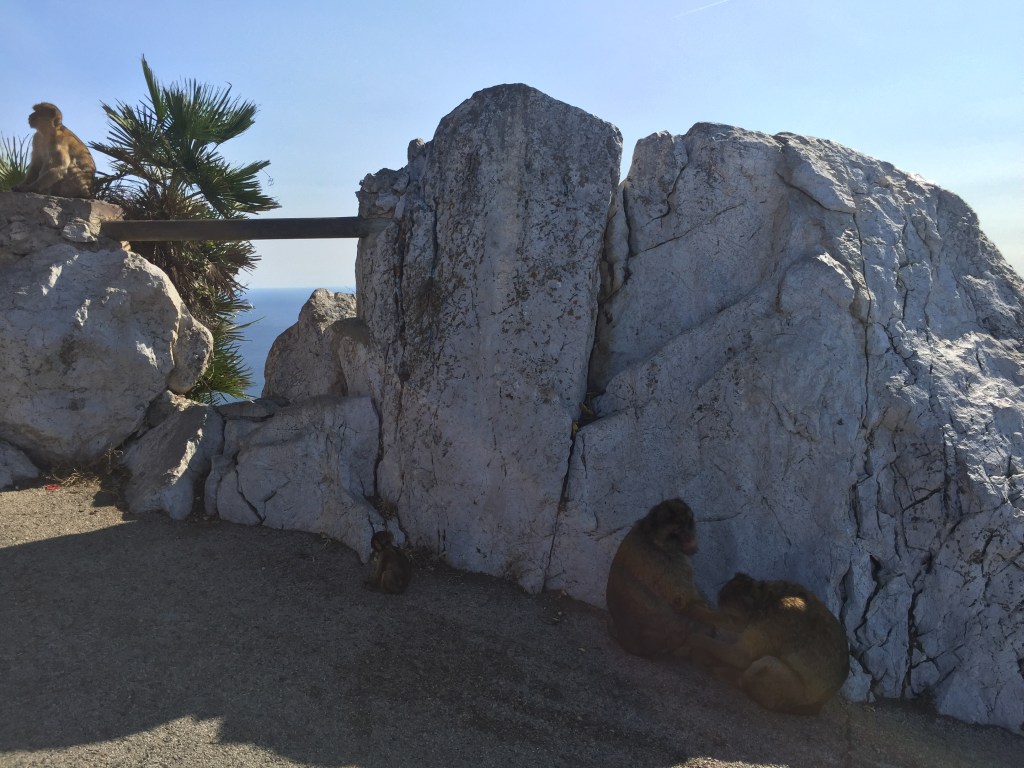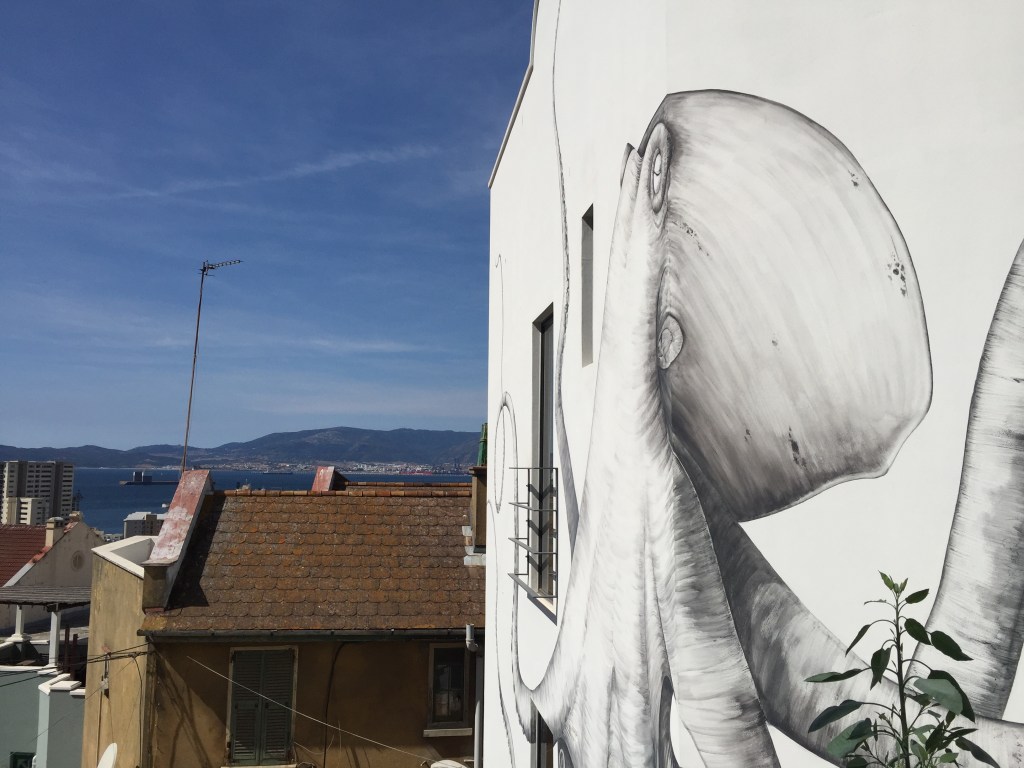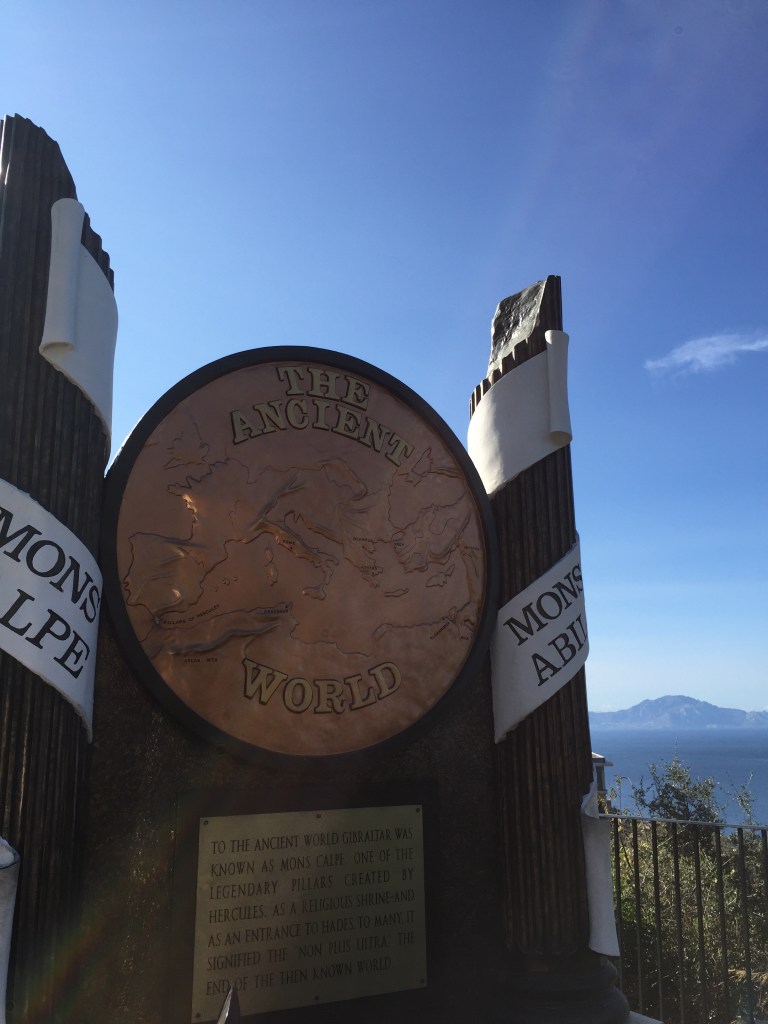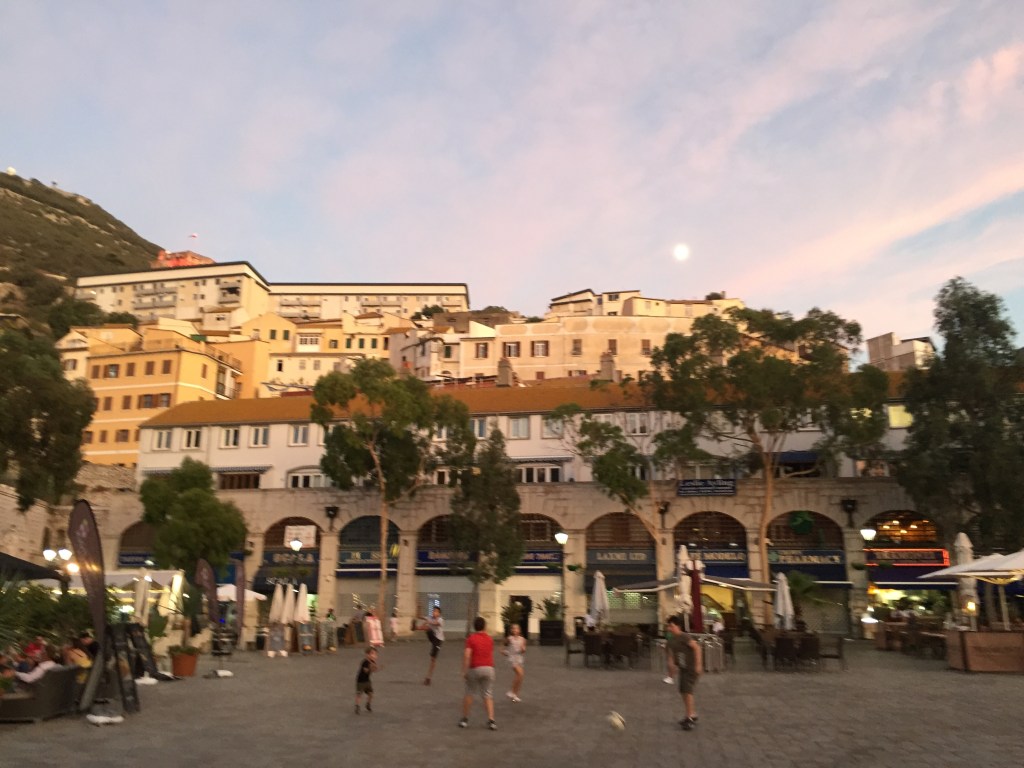Back to the topic of getting back on track, I recently spent a beautiful weekend in the inland of Cádiz province, triggered by the fact I turned 37 in January. Quite spontaneously, I shared the idea of travelling somewhere not too far from Malaga, on a train, and be surprised whatever happens there, with my closest group of friends.

After researching the options of staying in a nice finca with a chimney and the stunning mountain views, the proximity from the train station, the culinary and hiking options, my finger pointed at Jimena de la Frontera. One can reach there from Malaga using AVANT or MD trains, with an interchange in Antequera. The timetables are very convenient, as you can easily leave on a Saturday morning and return Sunday evening, to make the most of your weekend. I also liked the way how sustainable and shoestring this plan was.

I already loved the vibe of this trip when we got together in Maria Zambrano Station, and because not all of my friends knew each other, started mingling and breaking the first taboos already in AVANT train. We were probably those annoying people talking out loud in the mix of Spanish/English and German, grown up type of Erasmus students. And the train route between Ronda and Jimena is just breathtaking, especially when you pass by a very narrow bridge over a river canyon.

Arriving in Jimena, we actually realised the train stop is in Los Angeles, a village about 20 minutes walk, situated in the proximity of train tracks, with one cafe and several storks nesting. Walking from Los Angeles, you can already spot the white buildings and a castle from 1000 years ago, on top of the village. It is a bit of a steep walk so one-bagging is recommended. We found our vivienda rural or a rural Airbnb quite easily and sat down at the lively street with three bars. We were late for breakfast and too early for the Spanish lunch, but the hospitable owner offered us scrambled eggs with chanterelles, a specialty of Alcornocales, and tasty croquetas with spinach and cheese.

We engaged over a fascinating topics I will not quote and I could always count on my Spanish friends to share the new vocabulary and phrasal verbs with me. The one I liked the most was about the female friendship by Lola Flores. We then decided to explore Jimena a bit, including its Roman and Moorish ruins and baths (where we found a lipstick, and a lollipop – either geocaching activity or a sign of juerga from last night). Cádiz is so fascinating for its long history, and especially remote places like Jimena de la Frontera, they preserved very special remnants of incredible influences. The village is surrounded by extremely green landscape, to the point you think you are in Ireland, or a place of that kind, not Spain. Wondering how Andalusia would look like without the water crisis.

We then started celebrating early in the afternoon, much before our planned dinner at the Restaurant La Cuenca. I chose it for its local vibe and vegetarian options (being inclusive of our friends dietary restrictions) and we were still all blown away by its authenticity. We probably came way too early, as around 20:30 there were still people ending up their almuerzo. It looked beautifully chaotic and as if the party will never stop. After a short deliberation, I ordered the best wine on the card and we had way too much food, joining the local bacchanalia.

After the dinner we were so jolly and engaged in absurd wordplay games and dark stories, elaborated by ourselves and inspired by the remoteness of the village where you could still wonder about the times where wolves and wolverines were venturing out. Nowadays you can only spot the Griffon Vultures, which need a close monitoring and extra food supply, these days, due to the lack of wolves. Not to mention that Alcornocales Natural Park is a famous birdwatching spot, especially for the raptor species and during the migration.
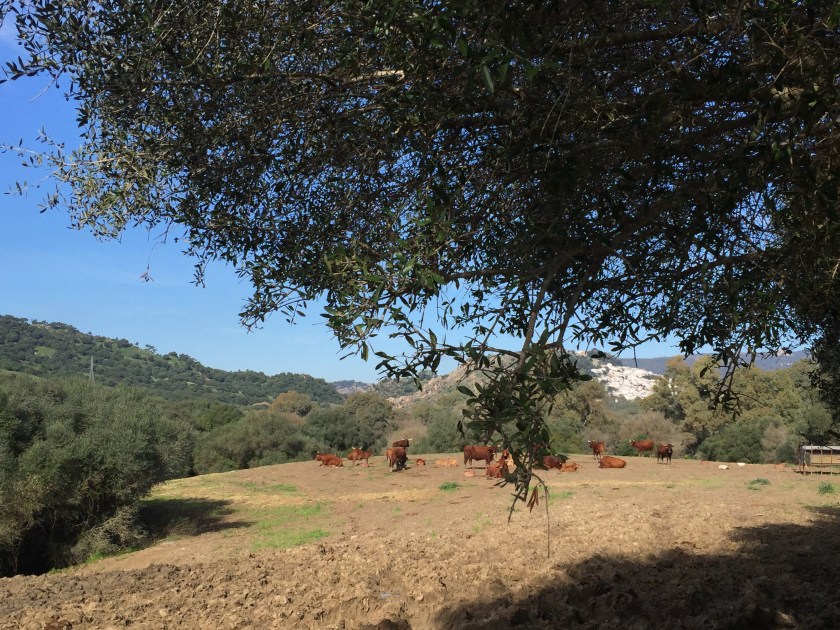
The next day we chose to hike in the direction of Hozgarganta river, and la Marchenilla. The closeness of the nature depicted itself in a stark view of a goat recently given birth and its baby goat already standing on its feet and enjoying its earthly presence. Not to mention sheep, geese, ducks and such, the encounter with the goat family was definitely *something*.

We came back to Jimena late afternoon after having a picnic by the river, and mentally preparing to come back to our daily loop in Malaga. Experiencing disconnection was easy in Alcornocales, and I already dream about coming back, and exploring other villages on the train track. Our last view over the horizon, and the Gibraltar Rock showcased itself, like in many other special moments – at least for me and my friend Weronika who shared already a few beautiful winter days over years with me, here on Costa del Sol.

I honestly loved to share these moments with my fellow passengers, Weronika, Alicia, Rosa, Xiomara and Adrian. Thank you for that beautiful weekend, you made it remarkable.








